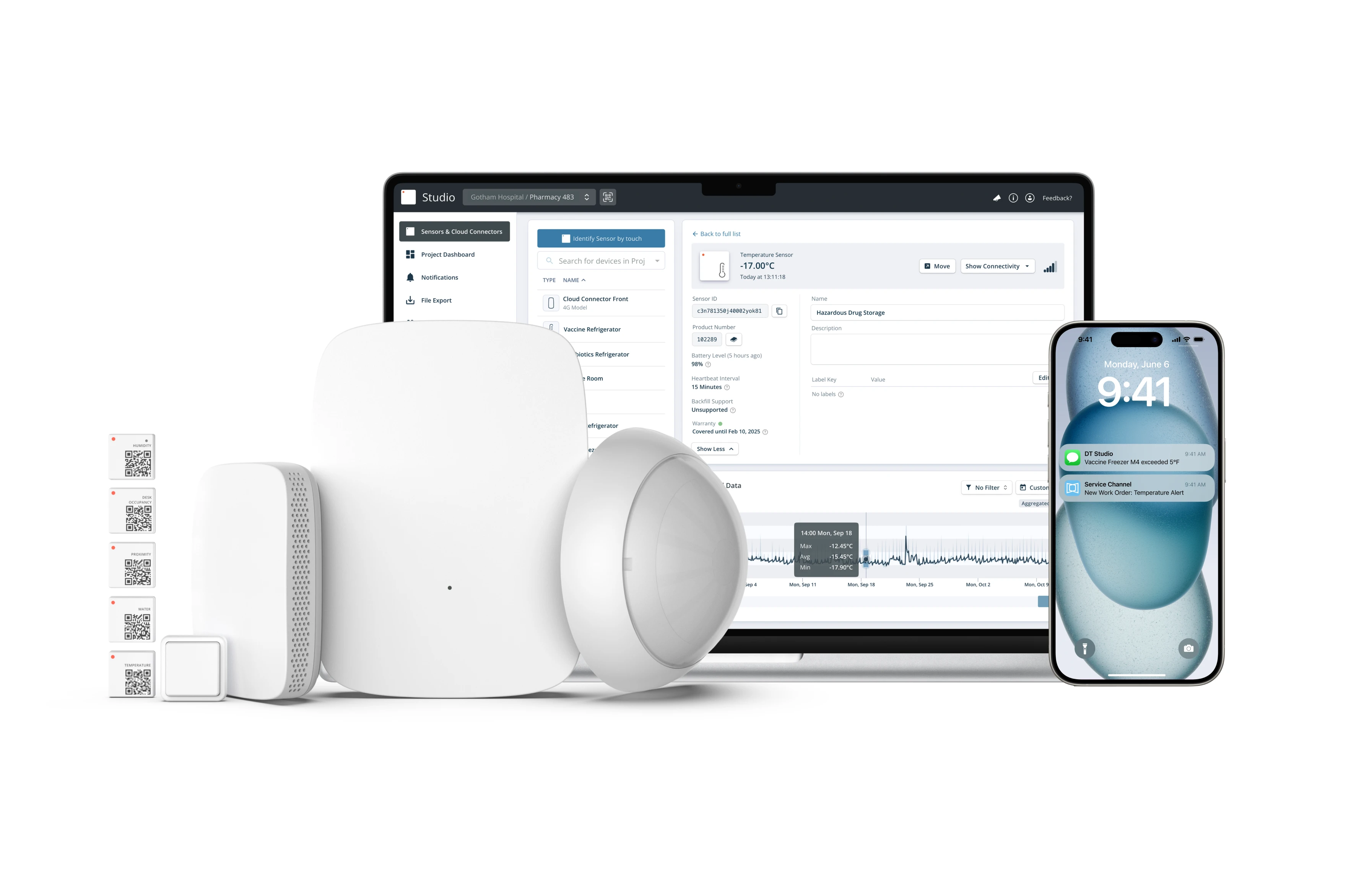How Tiny Wireless Sensors Support Art Preservation in Museums

Museums are responsible for preserving unique and priceless art for coming generations. Preserving an old painting or artifact is challenging, and keeping humidity levels stable at an optimal level is the most vital factor to control. Using humidity and temperature sensors is becoming a standard tool for museums, but what requirements should you have for these sensors?
Danish sensor company IoT Fabrikken first set out to help municipalities and companies measure indoor air quality and the use of office space. When they launched the RoomAlyzer sensor system in 2020, they quickly saw another opportunity to help.
Traditionally, museums have relied on older dataloggers that require manual collection of temperature and humidity data. By the time the data was obtained, it was already out of date. Certain artifacts are highly susceptible to environmental fluctuations that can damage them irreparably: If temperature or humidity deviates from recommended levels, swift action must be taken. Examples of works that are especially sensitive to moisture are paintings from centuries in which specific materials were used, delicate items like antique wood, paper, and fabric, and metals such as copper, bronze, and gold.
Small and Discrete

Over the last three years, many Danish museums, large and small, have adopted the RoomAlyzer system from IoT Fabrikken, which uses wireless sensors from Disruptive Technologies to detect temperature and humidity.
The solution can be integrated into the museums' existing systems for maintenance and security, ensuring that notifications are sent to the right people if something needs attention.
The Disruptive Technologies sensors make excellent sense in museums that keep many items in display cases or valuable paintings on the walls. The sensors deliver temperature and humidity data to the RoomAlyzer, which can be used on mobile and PC devices. If levels deviate from the recommended range, the system sends a notification, allowing maintenance staff to take immediate action.

When museum visitors look at a display case, the artifact inside should be the center of attention, not the humidity monitoring equipment. The Disruptive Technologies wireless humidity sensor is the size of a postage stamp and fits discretely into display cases without impacting the aesthetics of the display. It can be mounted next to a painting on a wall without drawing the eye away from it.
Protecting National Heritage
Having wireless sensors that don’t use Wi-Fi and provide a constant flow of data makes a real difference for museum inspectors.

Thus says Anders Bank Lodahl, Museum Inspector at Rudersdal Museum in North Zealand. He continues:

Jude Soskolsky, the Museum Inspector of Faaborg Museum on Fuen, values the time-saving aspect of the system. The convenience of receiving data directly to his inbox and the ease of installation and operation make the sensors invaluable:

Five crucial requirements should be considered when evaluating humidity sensor technology to preserve art in museums.
- Sensors should be tiny and discreet to seamlessly blend into the exhibition environment without causing distraction, as they are positioned close to the paintings.
- Data should be sent continuously, in real-time, and integrated into maintenance systems for notifications and record-keeping.
- Wireless and easy installation are essential, as wireless sensors reduce installation costs and offer flexibility if an exhibition layout changes.
- Sensors should have a long battery life so that there is no need for maintenance or battery replacement.
- Attention must be paid to data encryption and handling, ensuring robust data security and efficient data management practices to safeguard the invaluable art.
About the Wireless Humidity Sensor from Disruptive Technologies
- Measures relative humidity (%) and temperature.
- 15 years of battery life
- The data sent from the sensor to the cloud is encrypted and secure.
- Transmits data via a Cloud Connector gateway to the cloud storage, where maintenance systems can integrate through an API or a webhook.
- One Cloud Connector can handle data from thousands of sensors.

Easy-to-Deploy IoT Sensors & Infrastructure
Content That Might Interest You
Get Started




.png)
